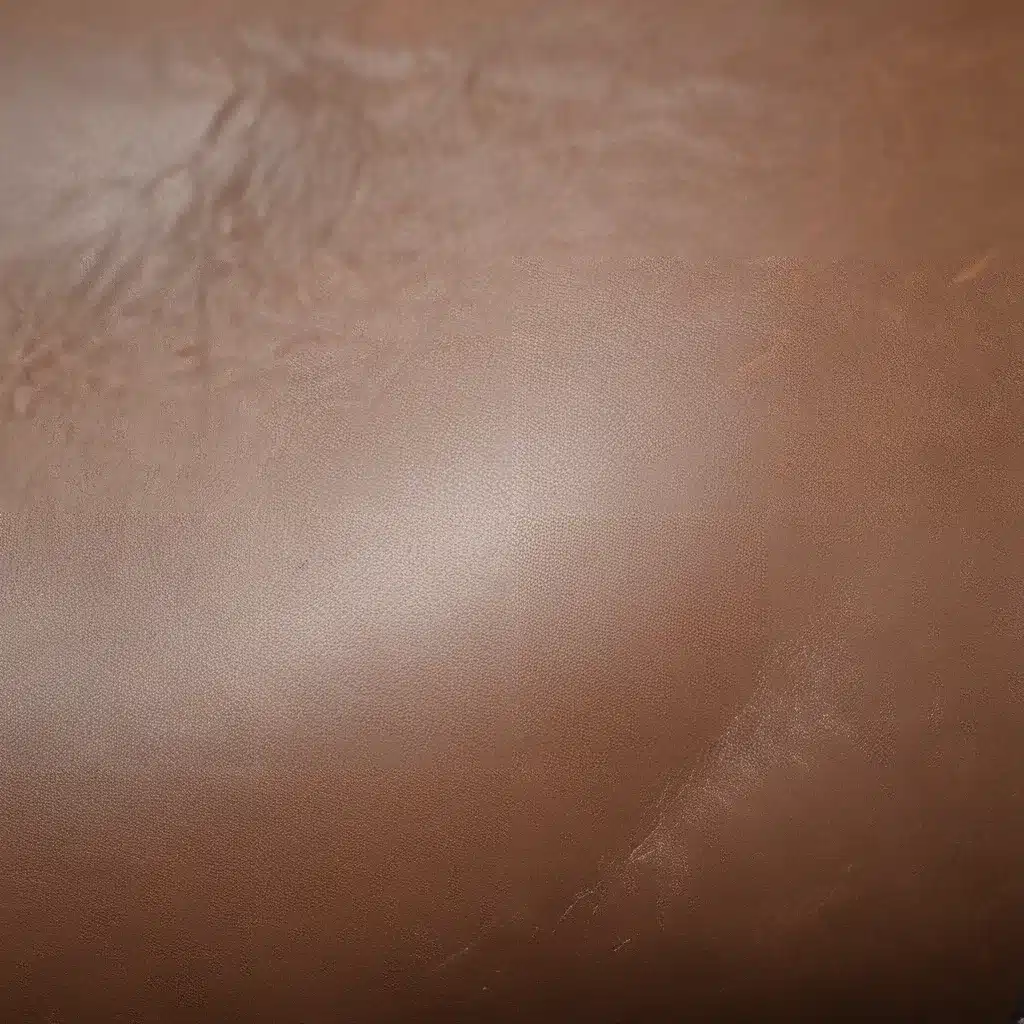If you’re the proud owner of a leather couch or chair, you know the joy of sinking into the supple, buttery-soft cushions. But what happens when your furry friend decides to take a few liberties with your beloved furniture? The dreaded pet damage can turn your elegant living room into a disaster zone. Fear not, my fellow leather enthusiasts – I’m here to share my hard-won wisdom on how to restore leather after pet damage.
Assess the Damage
The first step in any leather restoration journey is to assess the extent of the damage. Is it a few harmless scratches, or has your canine companion turned your couch into a full-blown chew toy? Carefully examine the affected areas and make a mental note of the severity. This will help you determine the best course of action.
If you’re dealing with minor scratches, you may be able to tackle the problem with a little elbow grease and some specialized leather products. However, if the damage is more severe – think deep gouges, holes, or even missing chunks of leather – you’ll likely need to call in the professionals.
Deep Cleaning and Conditioning
Once you’ve identified the level of damage, it’s time to get to work. Proper cleaning and conditioning are essential for restoring the leather’s original luster and protecting it from further harm.
Start by using a leather-safe cleaner to gently remove any dirt, grime, or pet-related residue. Avoid harsh chemicals or abrasives, as these can further damage the delicate material. Gently massage the cleaner into the affected areas, taking care to work it into the nooks and crannies.
After cleaning, it’s time to condition the leather. Look for a high-quality leather conditioner that will nourish and protect the surface. Apply it evenly, using circular motions to work it into the leather. This step will help restore the leather’s natural oils and prevent it from becoming dry and brittle.
Color Restoration
One of the most frustrating aspects of pet damage is the discoloration and fading that can occur. Whether it’s from urine stains or simple wear and tear, your once-vibrant leather can start to look dull and lifeless.
Fortunately, there are color restoration techniques that can breathe new life into your furniture. Skilled leather technicians often use specialized dyes and pigments to precisely match the existing color and seamlessly blend in any affected areas. This process can make your leather look as good as new, without the need for costly reupholstery.
Cushion Core Replacement
Another common issue with pet-damaged leather furniture is sagging and loss of support in the cushions. Your furry friend’s favorite napping spot can quickly turn into a lumpy, unsupportive mess.
To remedy this, cushion core replacement may be necessary. This process involves removing the existing cushion filling and replacing it with a new, high-quality foam or batting. This not only restores the plump, supportive feel of your furniture but also helps to smooth out any unsightly wrinkles or divots.
Preventive Measures
Of course, the best way to deal with pet damage is to prevent it in the first place. Consider investing in nail caps for your feline friends or regularly trimming your dog’s nails. You can also strategically place scratching posts or pads near your leather furniture to redirect your pet’s natural scratching instincts.
Another helpful tool is a protective top treatment, which creates an invisible barrier between your leather and any spills or accidents. This can make cleanup a breeze and help preserve the integrity of the material.
Conclusion
Restoring leather after pet damage may seem like a daunting task, but with the right approach and a little elbow grease, it’s entirely possible to breathe new life into your beloved furniture. By following the steps outlined here, you can say goodbye to those unsightly scratches, stains, and sags, and hello to a like-new piece of leather that will grace your home for years to come.
Remember, professional leather cleaning and restoration services are always an option if you’re not confident in tackling the job yourself. With their expertise and high-quality tools, they can often work miracles on even the most heavily damaged leather.
So, don’t let a few wayward paw prints get you down. Embrace the challenge of restoring your leather and enjoy the satisfaction of a job well done. Your furniture – and your furry friend – will thank you for it.







